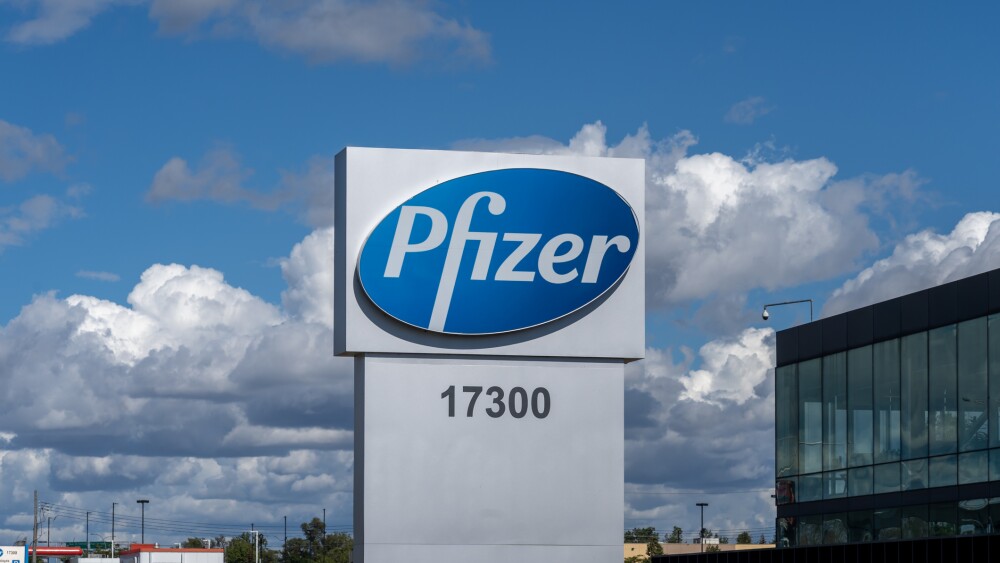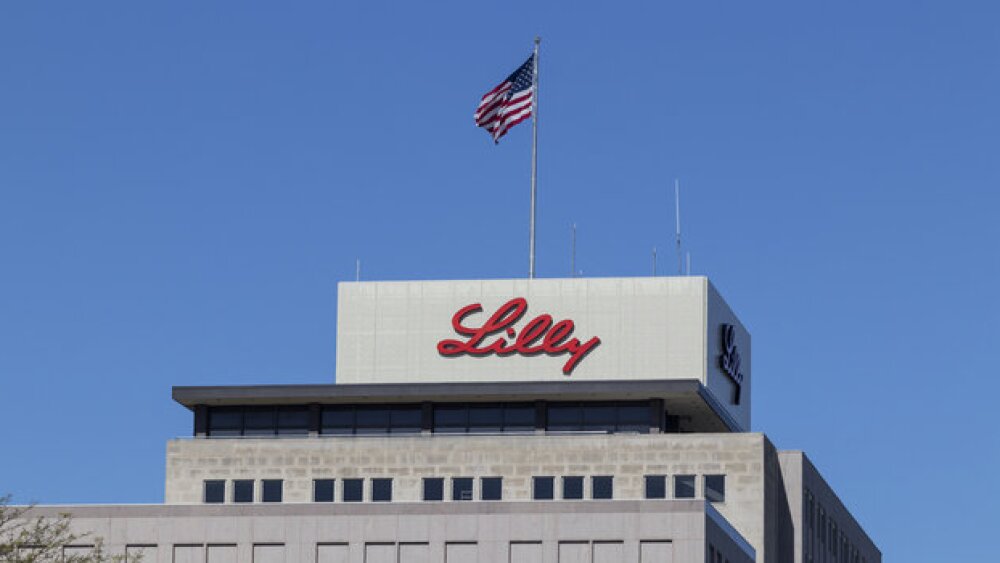Atsena Therapeutics today announced positive 6-month safety and efficacy data from the ongoing Phase I/II clinical trial of ATSN-101, the company’s investigational gene therapy for the treatment of GUCY2D-associated Leber congenital amaurosis (LCA1).
- ATSN-101 demonstrated clinically meaningful improvements in vision at the highest dose with no drug-related serious adverse events 6 months post treatment
- Data presented at ARVO 2023
DURHAM, N.C., April 25, 2023 (GLOBE NEWSWIRE) -- Atsena Therapeutics, a clinical-stage gene therapy company focused on bringing the life-changing power of genetic medicine to reverse or prevent blindness, today announced positive 6-month safety and efficacy data from the ongoing Phase I/II clinical trial of ATSN-101, the company’s investigational gene therapy for the treatment of GUCY2D-associated Leber congenital amaurosis (LCA1). The data were presented by Christine Nichols Kay, MD, Clinical Ophthalmology Advisor for Atsena, at the Association for Research in Vision and Ophthalmology (ARVO) 2023 Annual Meeting.
“We’re encouraged by the clinically meaningful improvements in vision ATSN-101 has demonstrated at the highest dose 6 months post treatment, as well as the favorable safety profile of our subretinal gene therapy,” said Kenji Fujita, MD, Chief Medical Officer of Atsena Therapeutics. “The latest data reinforce our confidence in the potential of ATSN-101 to improve vision in patients with GUCY2D-associated LCA1, which results in early and severe vision impairment or blindness and lacks an approved treatment. We look forward to reporting 12-month data later this year and are exploring options to advance ATSN-101 into a pivotal trial.”
In the Phase I/II trial, 15 patients, including three pediatric patients, received ATSN-101 via subretinal delivery. Three adult cohorts (N=3 each) were treated with three ascending doses. Six additional patients received the high dose in a dose expansion phase. Among patients who received the high-dose treatment (N=9), the mean (SE) change from baseline in retinal sensitivity by dark-adapted full-field stimulus testing (FST) was significantly greater in treated eyes compared with untreated eyes at Day 28 and all subsequent follow-up visits. Two high-dose patients demonstrated best corrected visual acuity (BCVA) improvement greater than 0.3 logMAR, and no treated eyes had a decrease in BCVA. Of the five high-dose patients who were tested with the MLMT mobility test, four patients demonstrated either a maximum MLMT score of 6 or a ≥2 level improvement, compared to baseline when available or to the untreated fellow eye, at one or more post-treatment visits.
To date, no drug-related serious adverse events have been reported and ocular inflammation has been infrequent, minimal, and reversible with steroid treatment.
About GUCY2D-associated Leber congenital amaurosis (LCA1)
LCA1 is a monogenic eye disease that disrupts the function of the retina. It is caused by mutations in the GUCY2D gene and results in early and severe vision impairment or blindness. GUCY2D-LCA1 is one of the most common forms of LCA, affecting roughly 20 percent of patients who live with this group of inherited retinal diseases. There are currently no approved treatments for LCA1.
About Atsena Therapeutics
Atsena Therapeutics is a clinical-stage gene therapy company developing novel treatments for inherited forms of blindness. The company’s ongoing Phase I/II clinical trial is evaluating ATSN-101 for GUCY2D-associated Leber congenital amaurosis (LCA1), one of the most common causes of blindness in children. Interim safety and efficacy data has demonstrated ATSN-101 is well tolerated and clinically meaningful improvements in vision were observed 6 months post-treatment. The company’s additional pipeline of proprietary assets includes ATSN-201, an investigational gene therapy that leverages one of the company’s novel spreading capsids, AAV.SPR, for the treatment of X-linked retinoschisis (XLRS), and ATSN-301, a dual AAV vector-based gene therapy to prevent blindness from MYO7A-associated Usher syndrome (USH1B). Founded by ocular gene therapy pioneers Dr. Shannon Boye and Sanford Boye of the University of Florida, Atsena is based in North Carolina’s Research Triangle, an environment rich in gene therapy expertise. For more information, please visit atsenatx.com.
Media Contact:
Tony Plohoros
6 Degrees
(908) 591-2839
tplohoros@6degreespr.com
Business Contact:
info@atsenatx.com





